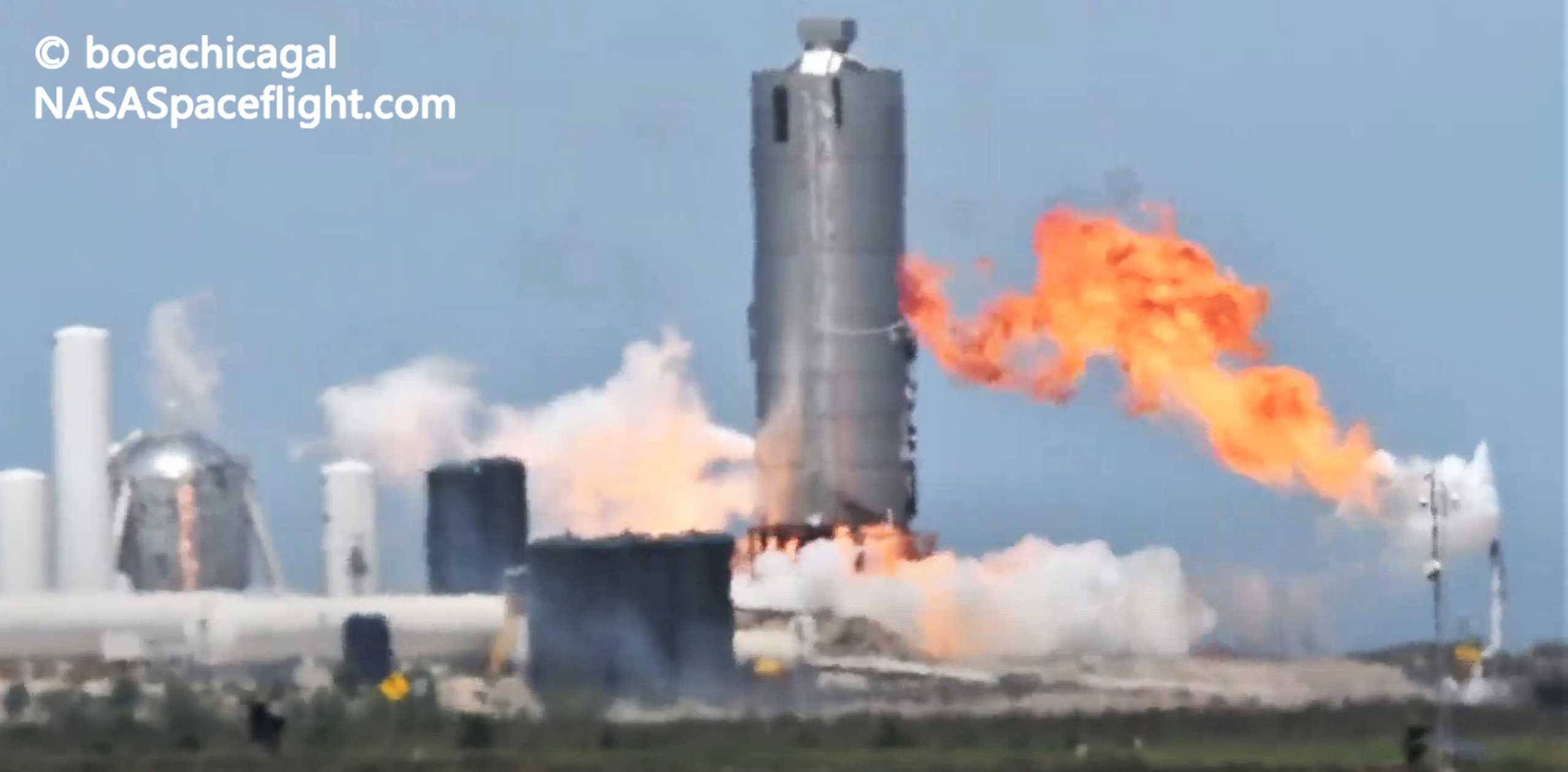
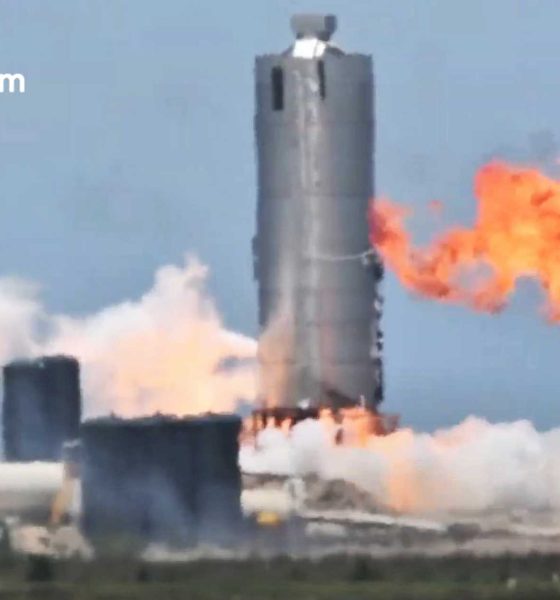
News
SpaceX fires up Starship’s Raptor engine hours before huge regulatory milestone
SpaceX has fired up the same full-scale Starship rocket for the fourth time, igniting its Raptor engine less than an hour before the FAA officially published a launch license of the ship’s hop test debut.
The ignition marked the fourth time a Raptor engine has been fired up on Starship SN4 since May 5th, thankfully avoiding issues that caused fires and damage during the third and most recent engine test while also verifying that the ship and its Raptor are ready for their flight debut. In an apparent coincidence, the FAA published what serves as a license of Starship’s hop debut less than an hour after SN4 completed its latest test.
While not immediately obvious, this means that SpaceX has effectively surmounted a huge regulatory hurdle previously standing in the way of a full-scale Starship flight test campaign. Now, the path to Starship’s flight debut is just shy of wide-open.
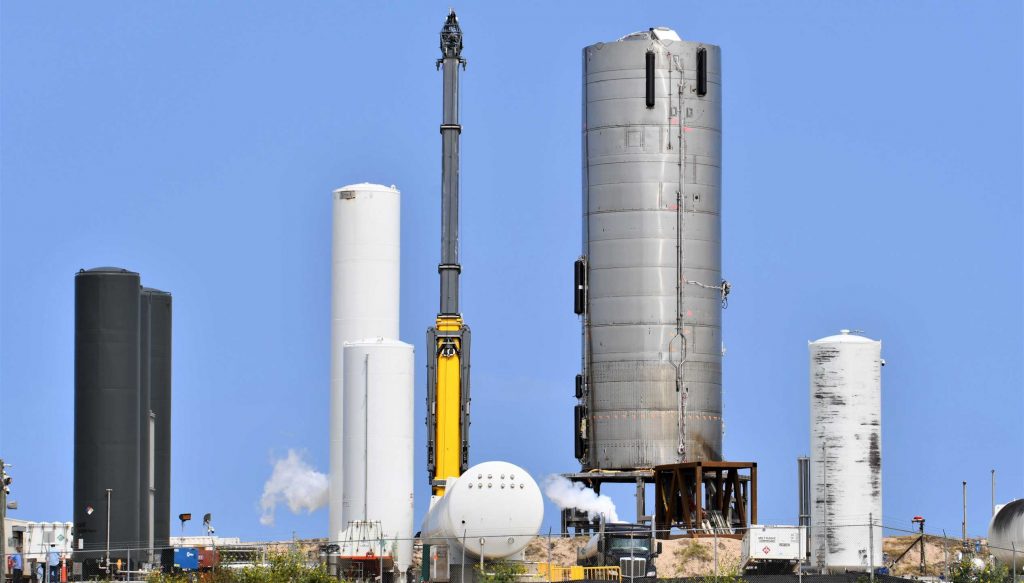
Incredibly, the bureaucratic milestone SpaceX has thus passed may actually be bigger news than the Starship wet dress rehearsal (WDR) and Raptor engine ignition test the company completed earlier today, defying an unspoken law of spaceflight. This is because the license Starship received is completely different from the separate licenses SpaceX used for Starhopper’s first and second flight tests.
Starhopper was certified by the FAA as an experimental vehicle with experimental permits that are far more restrictive than those bestowed upon truly operational launch vehicles like Falcon 9 and Atlas V. For example, Starhopper’s experimental permits – like most others that the FAA has doled out – allowed for a single flight with a very strict ceiling. Launch licenses, of course, deal with operational rockets that must head to orbit or high altitudes on a recurring, semi-routine basis.
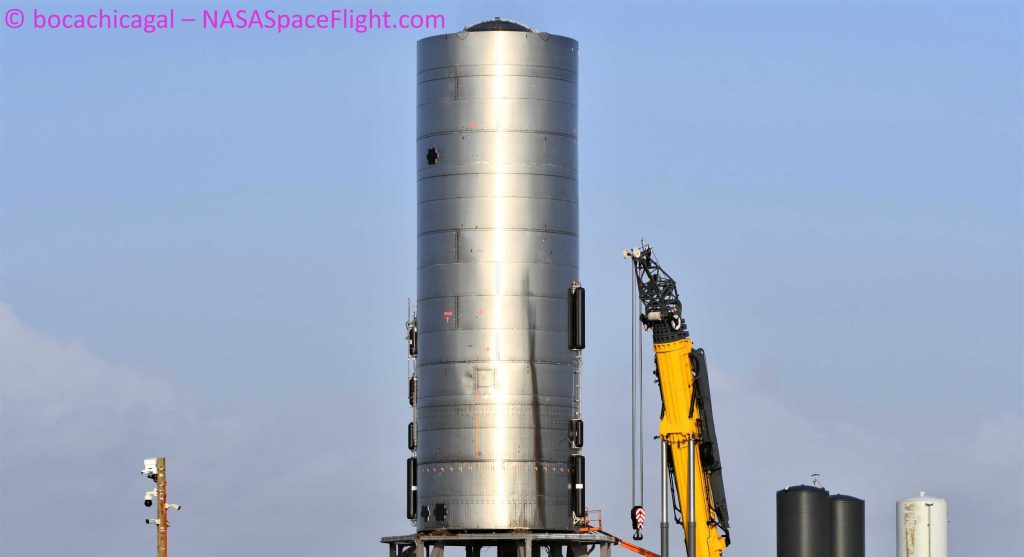
For the past few months, the general assumption has been that SpaceX would work with the FAA to retool its existing 150m (~500 ft) Starhopper launch permit to enable Starship SN4’s identical hop debut. In a total surprise, the FAA has instead issued a full launch license for Starship, meaning that SpaceX effectively has blanket permission for an indefinite number of minimally-restricted Starship flight tests until May 2022.
The only obvious qualifier is a note that the FAA has licensed SpaceX “to conduct suborbital reusable launch vehicle (RLV) missions”, meaning that a new license will obviously be needed for Super Heavy and orbital flight tests. Additionally, the license requires SpaceX to follow an unattached “ground track and trajectory” included as part of its FAA application, potentially restricting the kinds of launches the company can perform with it.
SpaceX Starship Prototype S… by Eric Ralph on Scribd
Thanks to Starship SN4’s apparently successful fourth static fire test and the acquisition of an unrestricted FAA suborbital launch license, SpaceX has effectively cleared all significant hurdles in the way of the first flight of a full-scale Starship. SN4 continues to perform admirably and even had ~25 metric tons (~55,000 lb) of stainless steel ballast installed just yesterday to counteract the impressive thrust of Raptor on its imminent hop debut.
Of course, CEO Elon Musk has heavily implied that Starship’s first flight will have to wait until after Crew Dragon’s inaugural NASA astronaut launch, currently scheduled no earlier than May 30th. Regardless, SpaceX appears to be ready for Starship to take flight, and with an FAA license secured, that milestone could come any day now.
Check out Teslarati’s Marketplace! We offer Tesla accessories, including for the Tesla Cybertruck and Tesla Model 3.

Elon Musk
Tesla CEO Elon Musk announces major update with texting and driving on FSD
“Depending on context of surrounding traffic, yes,” Musk said in regards to FSD v14.2.1 allowing texting and driving.
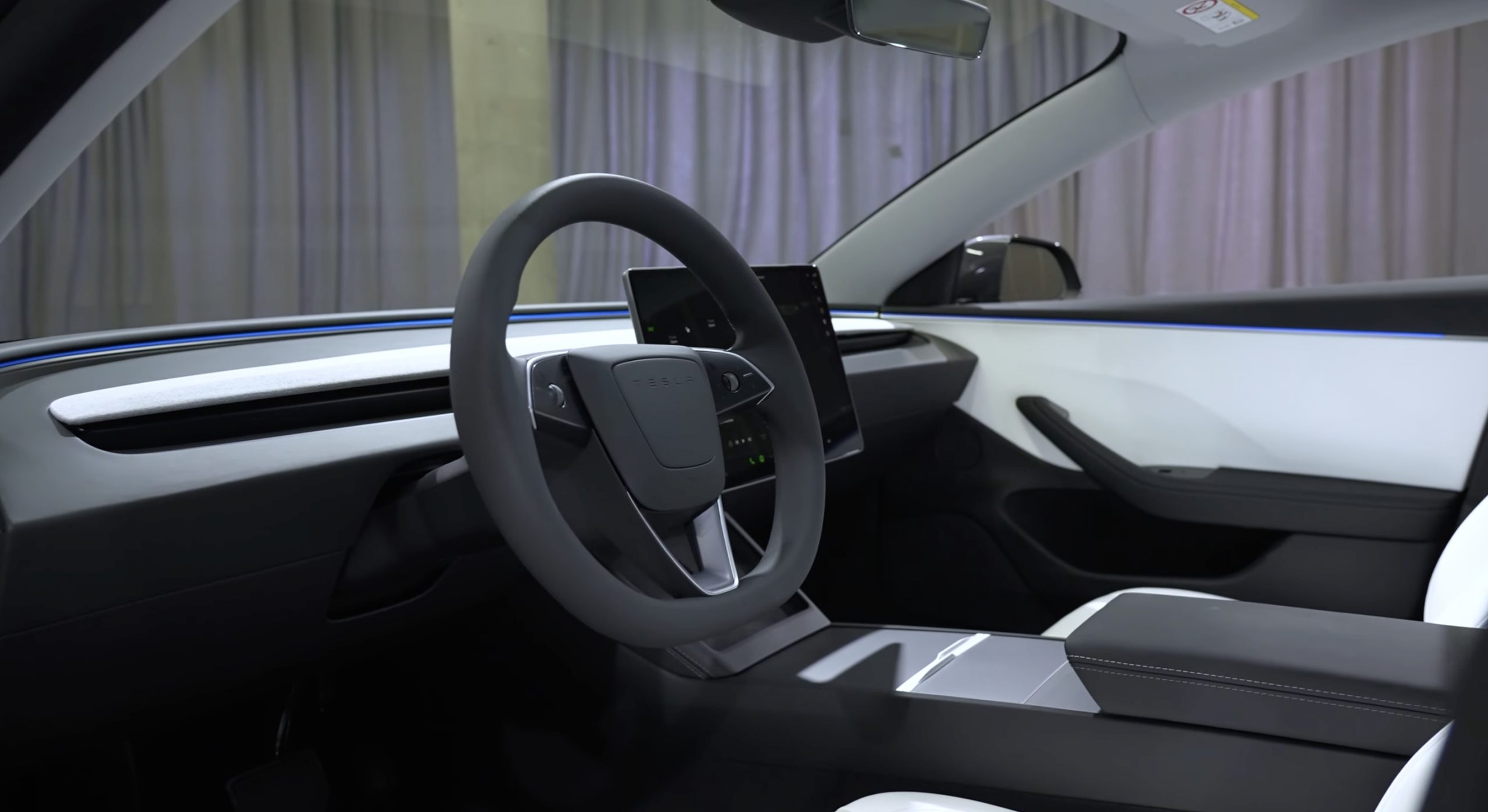
Tesla CEO Elon Musk has announced a major update with texting and driving capabilities on Full Self-Driving v14.2.1, the company’s latest version of the FSD suite.
Tesla Full Self-Driving, even in its most mature and capable versions, is still a Level 2 autonomous driving suite, meaning it requires attention from the vehicle operator.
You cannot sleep, and you should not take attention away from driving; ultimately, you are still solely responsible for what happens with the car.
The vehicles utilize a cabin-facing camera to enable attention monitoring, and if you take your eyes off the road for too long, you will be admonished and advised to pay attention. After five strikes, FSD and Autopilot will be disabled.
However, Musk announced at the Annual Shareholder Meeting in early November that the company would look at the statistics, but it aimed to allow people to text and drive “within the next month or two.”
He said:
“I am confident that, within the next month or two, we’re gonna look at the safety statistics, but we will allow you to text and drive.”
“I am confident that, within the next month or two, we’re gonna look at the safety statistics, but we will allow you to text and drive.”
Does anyone think v14.3 will enable this? pic.twitter.com/N2yn0SK70M
— TESLARATI (@Teslarati) November 23, 2025
Today, Musk confirmed that the current version of Full Self-Driving, which is FSD v14.2.1, does allow for texting and driving “depending on context of surrounding traffic.”
Depending on context of surrounding traffic, yes
— Elon Musk (@elonmusk) December 4, 2025
There are some legitimate questions with this capability, especially as laws in all 50 U.S. states specifically prohibit texting and driving. It will be interesting to see the legality of it, because if a police officer sees you texting, they won’t know that you’re on Full Self-Driving, and you’ll likely be pulled over.
Some states prohibit drivers from even holding a phone when the car is in motion.
It is certainly a move toward unsupervised Full Self-Driving operation, but it is worth noting that Musk’s words state it will only allow the vehicle operator to do it depending on the context of surrounding traffic.
He did not outline any specific conditions that FSD would allow a driver to text and drive.
News
Tesla Semi just got a huge vote of confidence from 300-truck fleet
The confidential meeting marks a major step for the mid-sized carrier in evaluating the electric truck for its regional routes.

The Tesla Semi is moving closer to broader fleet adoption, with Keller Logistics Group wrapping up a key pre-production planning session with the electric vehicle maker’s team this week.
The confidential meeting marks a major step for the mid-sized carrier in evaluating the electric truck for its regional routes.
Keller’s pre-production Tesla Semi sessions
Keller Logistics Group, a family-owned carrier with over 300 tractors and 1,000 trailers operating in the Midwest and Southeast, completed the session to assess the Tesla Semi’s fit for its operations. The company’s routes typically span 500-600 miles per day, positioning it as an ideal tester for the Semi’s day cab configuration in standard logistics scenarios.
Details remain under mutual NDA, but the meeting reportedly focused on matching the truck to yard, shuttle and regional applications while scrutinizing economics like infrastructure, maintenance and incentives.
What Keller’s executives are saying
CEO Bryan Keller described the approach as methodical. “For us, staying ahead isn’t a headline, it’s a habit. From electrification and yard automation to digital visibility and warehouse technology, our teams are continually pressure-testing what’s next. The Tesla Semi discussion is one more way we evaluate new tools against our standards for safety, uptime, and customer ROI. We don’t chase trends, we pressure-test what works,” Keller said.
Benjamin Pierce, Chief Strategy Officer, echoed these sentiments. “Electrification and next-generation powertrains are part of a much broader transformation. Whether it’s proprietary yard systems like YardLink™, solar and renewable logistics solutions, or real-time vehicle intelligence, Keller’s approach stays the same, test it, prove it, and deploy it only when it strengthens service and total cost for our customers,” Pierce said.
News
Tesla extends FSD Supervised ride-alongs in Europe by three months
Needless to say, it does appear that FSD fever is starting to catch in Europe.

Tesla appears to be doubling down on its European Full Self-Driving (Supervised) push, with the company extending its demo ride-along program by three months until the end of March 2026. The update seems to have been implemented due to overwhelming demand.
Needless to say, it does appear that FSD fever is starting to catch in Europe.
Extended FSD demonstrations
Tesla EU Policy and Business Development Manager Ivan Komušanac shared on LinkedIn that the company is offering ride-along experiences in Germany, France and Italy while working toward FSD (Supervised) approval in Europe.
He noted that this provides a great feedback opportunity from the general public, encouraging participants to record and share their experiences. For those unable to book in December, Komušanac teased more slots as “Christmas presents.”
Tesla watcher Sawyer Merritt highlighted the extension on X, stating that dates now run from December 1, 2025, to March 31, 2026, in multiple cities including Stuttgart-Weinstadt, Frankfurt and Düsseldorf in Germany. This suggests that the FSD ride-along program in Europe has officially been extended until the end of the first quarter of 2026.
Building momentum for European approval
Replies to Merritt’s posts buzzed with excitement, with users like @AuzyMale noting that Cologne and Düsseldorf are already fully booked. This sentiment was echoed by numerous other Tesla enthusiasts on social media. Calls for the program’s expansion to other European territories have also started gaining steam, with some X users suggesting Switzerland and Finland as the next locations for FSD ride-alongs.
Ultimately, the Tesla EU Policy and Business Development Manager’s post aligns with the company’s broader FSD efforts in Europe. As per recent reports, Tesla recently demonstrated FSD’s capabilities for Rome officials. Reporters from media outlets in France and Germany have also published positive reviews of FSD’s capabilities on real-world roads.








